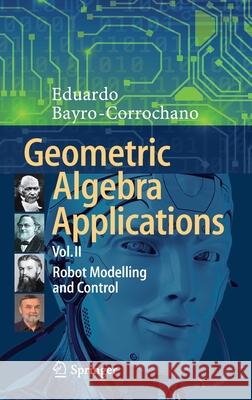Geometric Algebra Applications Vol. II: Robot Modelling and Control » książka
topmenu
Geometric Algebra Applications Vol. II: Robot Modelling and Control
ISBN-13: 9783030349769 / Angielski / Twarda / 2020 / 600 str.
Kategorie:
Kategorie BISAC:
Wydawca:
Springer
Język:
Angielski
ISBN-13:
9783030349769
Rok wydania:
2020
Wydanie:
2020
Ilość stron:
600
Waga:
1.04 kg
Wymiary:
23.39 x 15.6 x 3.51
Oprawa:
Twarda
Wolumenów:
01
Dodatkowe informacje:
Wydanie ilustrowane











